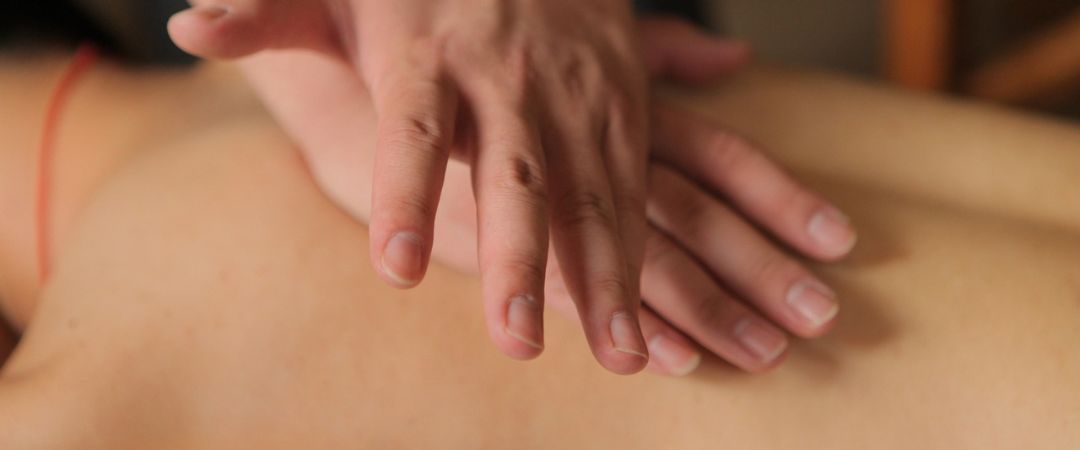By Dr. Kimberly Wu, DAOM, L.Ac
In my experience as an acupuncturist for nearly 12 years, low back pain is the most common pain complaint that I see that comes through the clinic. If you have ever suffered with back pain before, you know it’s very debilitating and severely interrupts daily functioning.
Unfortunately, low back pain is a very common problem. An estimated 75-85% of Americans experience some form of back pain during their life. In approximately 90% of cases, it is temporary and the pain improves without surgery. However, half of patients who suffer from episodes of low back pain will have recurrent episodes within one year. Low back pain is considered to be chronic when it lasts for more than 12 weeks. It is the most common cause of job-related disability and a leading contributor to visits to physicians and missed workdays.
Most episodes of low back pain persist for only a short period of time. This is called acute low back pain. Acute low back pain is often defined as pain that lasts for up to 4 weeks. In most cases, acute low back pain goes away without causing any lasting problems. Low back pain that lasts between 4 and 12 weeks is called subacute. If low back pain lasts for 12 weeks or longer, it is then called chronic low back pain.
The American College of Physicians recommends in an evidence-based clinical practice guideline published in 2017 in the Annals of Internal Medicine that physicians and patients should treat acute or subacute low back pain with non-drug therapies such as superficial heat, massage, acupuncture, or spinal manipulation. Acupuncture is a great non- pharmaceutical option for managing back pain! In my time working in the Chronic Pain department at Kaiser Permanente in Oakland, California, many people found relief with acupuncture treatments for chronic low back pain as well.
Best Modalities for Addressing Low Back Pain
- Acupuncture: Acupuncture is the insertion of single use, sterile, hair thin needles in the body to stimulate certain points. The treatment is performed while the recipient is resting as comfortably as possible, often laying down on a treatment table. There are many styles of acupuncture, including local needling, dry/trigger point needling, distal points, ear, and electro-acupuncture to name a few. The most effective method varies between individuals. For pain management, I recommend acupuncture ideally twice a week to see faster results.
- Cupping: This is done with cups that are placed on the back creating a suction which draws up the fascia and tissue, it is similar to a massage. Myofascial release is very effective for reducing muscle tension and increasing circulation. I will often perform cupping prior to acupuncture to maximize relaxation and reduce muscle tightness.
- Heat/cold therapy: A heating pad or hot water bottle can be quite comforting and improves circulation for better healing response. Ice is more useful in the acute, immediate stage of injury, sometimes people like to alternate between the two.
- Topicals: Salon Pas patches are over the counter analgesic patches that help provide pain relief. They adhere to the skin, and you can apply them on the painful area for about 8 hours. Many of my patients utilize topical ointments such as CBD or various linaments such as Zheng Gu Shui to help with improving circulation and pain management.
Lifestyle Adjustments
- Moderate your activity, at least for now until your back pain improves. This may mean pausing your workout regimen and asking for help for certain tasks.
- If you work at a computer, remember to change your position frequently. Try to avoid sitting or standing too long. You may need to set an alarm for yourself if you get too focused on what you are doing and forget to take a break.
- Proper body mechanics when lifting or carrying heavy loads is paramount. Use your legs more than your back. Bend at the knees and hold heavy loads close to the body. Avoid awkward postures when bending and twisting.
- Maintaining a level of fitness and having a stronger core helps support the back muscles. Doing some yoga or Tai Chi can assist with this. If you have a new workout or exercise routine, take a look at your ergonomics/ spinal alignment.
If you are having low back pain, acute or chronic, or even want to maintain a healthy back, schedule an appointment today to prevent relapse, reduce discomfort, improve your functional mobility, and speed up the rate of recovery. I would be happy to help you feel better, now!

